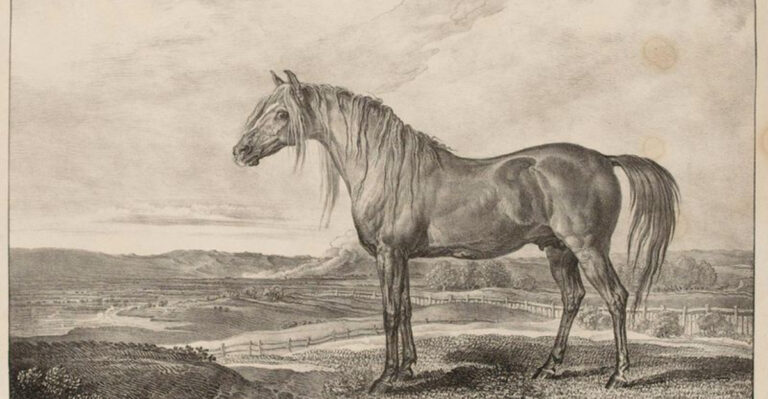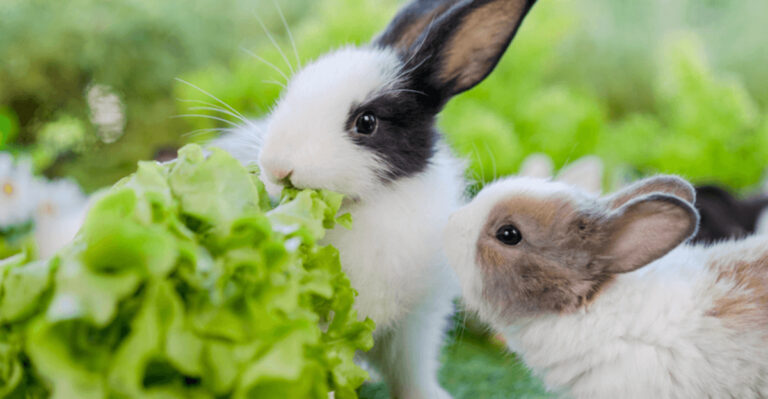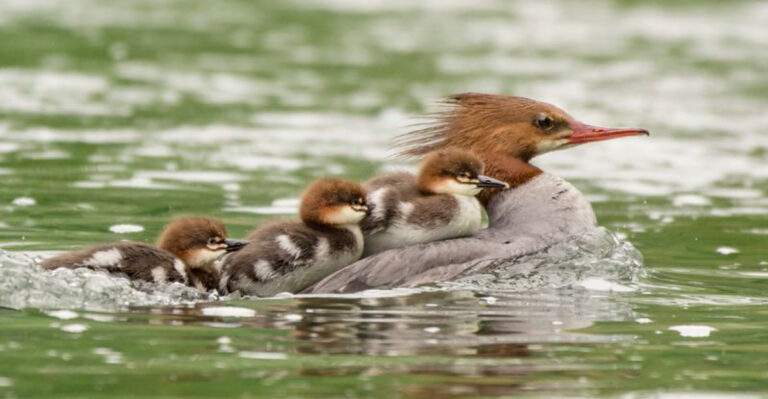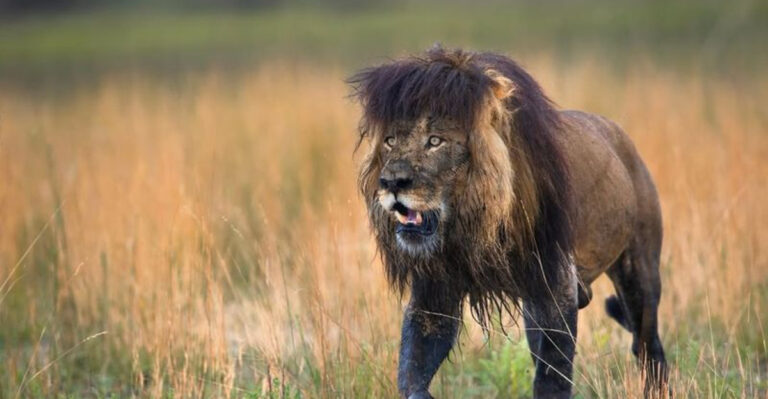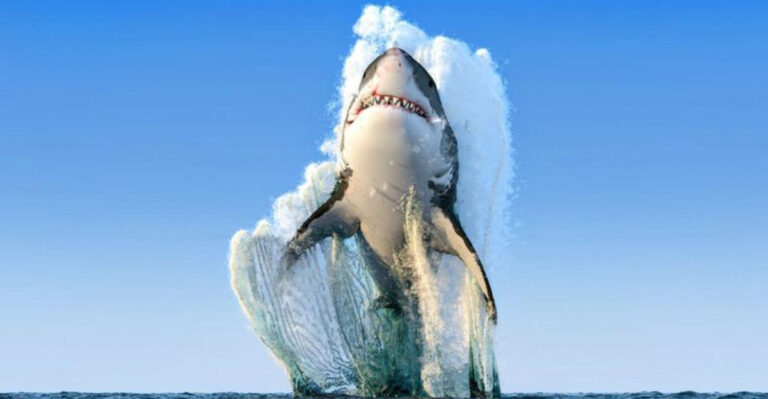15 Of The Strangest Snake Behaviors That Will Make You Squirm
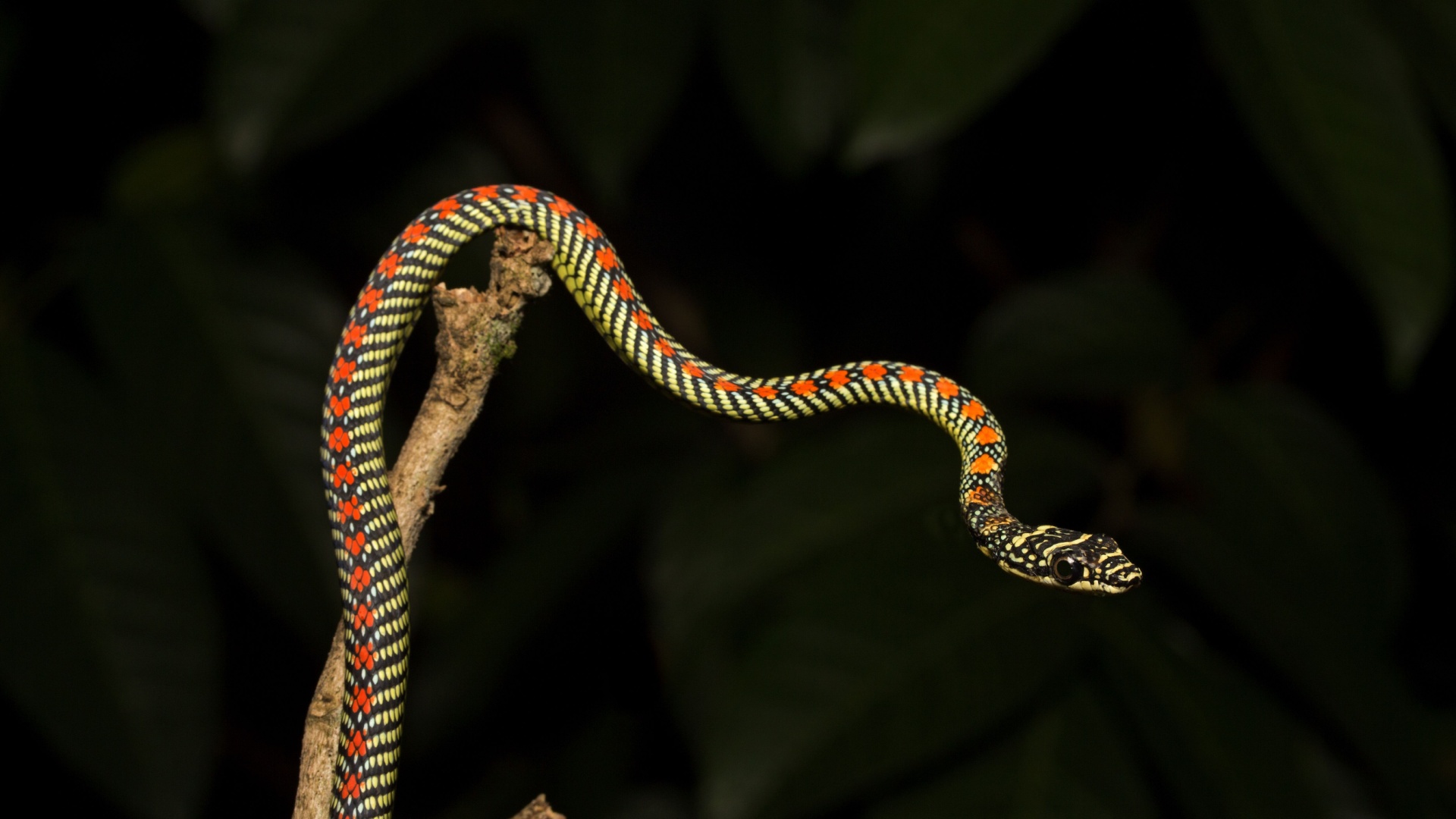
Snakes, with their slithering elegance, often evoke fascination and fear. Yet, beyond their graceful movements and hypnotic gaze, lies a world of bizarre behaviors that can make even the bravest among us squirm.
These mysterious reptiles are equipped with peculiar traits and habits that are not only strange but also intriguing.
From bizarre defensive mechanisms to unique mating rituals, snakes exhibit a range of behaviors that showcase their adaptability and survival instincts.
Let’s explore some of the strangest snake behaviors that will not only astonish you but also deepen your understanding of these enigmatic creatures.
1. Playing ‘Possum’
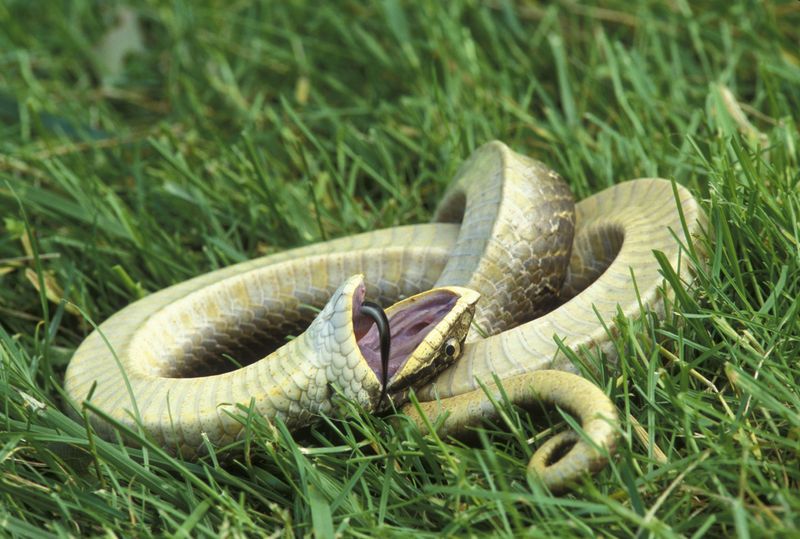
The hognose snake is notorious for its Oscar-worthy performances of playing possum. When threatened, this snake goes to great lengths to convince predators it’s not worth the trouble.
Initially, it may display aggressive behaviors such as hissing and striking. However, if this act fails to deter the threat, it resorts to an elaborate death feigning display.
The snake flips onto its back, opens its mouth, and even secretes a foul-smelling substance to simulate decay. This dramatic performance is quite convincing, often fooling predators into thinking the snake is genuinely gone.
The hognose’s ability to play dead showcases its adaptability and cunning nature. This behavior not only ensures its survival but also highlights the intricate survival strategies developed by snakes. By feigning death, the hognose snake leverages the instinctual aversion many predators have towards carrion, cleverly escaping potential danger.
2. Flying Snakes
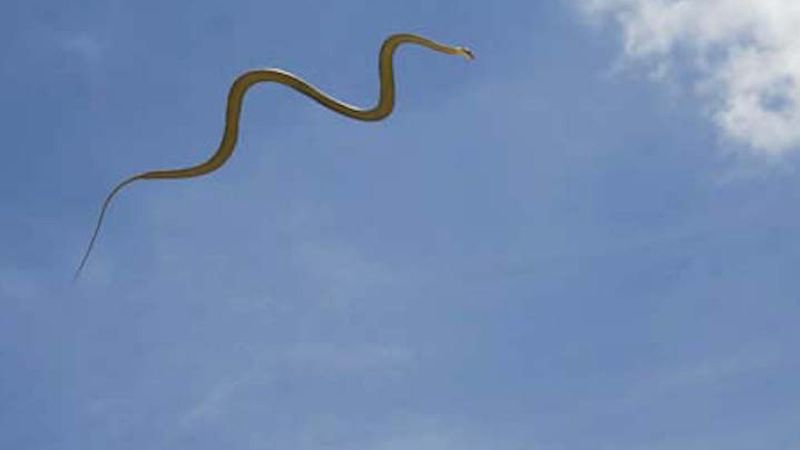
Flying snakes, native to Southeast Asia, have an extraordinary ability to glide through the air. Unlike any typical snake movement, these serpents launch themselves from tree branches, flattening their bodies to catch the air and glide to another location.
The spectacle of a snake flying through the air is both fascinating and alarming. This unique form of locomotion allows the snake to travel distances of up to 24 meters, navigating its forest habitat efficiently.
The mechanics behind this gliding involve the snake’s ribs spreading outward, creating a kind of concave wing.
This adaptation not only aids in predator evasion but also plays a role in hunting strategies. Flying snakes demonstrate nature’s ingenuity, adapting their bodies to explore aerial pathways in their lush, arboreal homes.
3. Regurgitating Food
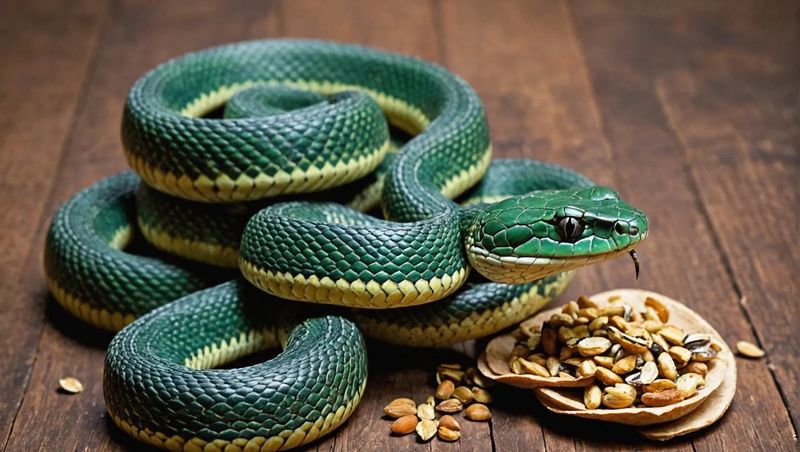
In the wild, snakes occasionally engage in the unsettling behavior of regurgitating their food. This is not a sign of poor digestion but rather a survival tactic. When a snake perceives an immediate threat, it may opt to regurgitate its meal to lighten its load.
This rapid release of consumed prey allows the snake to escape swiftly from danger. The process is both fascinating and grotesque, showcasing the snake’s prioritization of survival over sustenance. Interestingly, this behavior also highlights the snake’s highly efficient digestive system.
Snakes can consume prey much larger than their heads due to their flexible jaws, but when threatened, their ability to reverse this process is equally remarkable. Despite its unsettling nature, regurgitating food is a testament to the snake’s adaptability in the face of peril.
4. Venomous Spitting
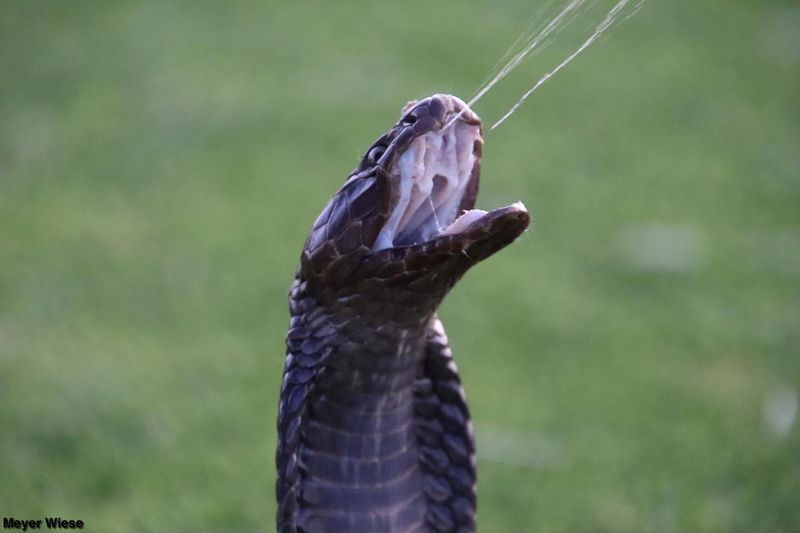
Spitting cobras possess a rather unique defense mechanism: the ability to spit venom. Unlike other snakes that rely solely on biting, spitting cobras can project their venom towards the eyes of potential threats.
This behavior is both defensive and offensive, as the venom can cause intense pain and temporary blindness. The accuracy with which these snakes can aim is astonishing, able to hit targets over a meter away.
The venom itself is a cocktail of neurotoxins and cytotoxins, designed to incapacitate both prey and predators alike. Spitting as a defensive strategy underscores the snake’s versatility in using its venom for more than just subduing prey. It’s a vivid reminder of nature’s multifaceted approach to defense and survival.
5. Shedding Skin
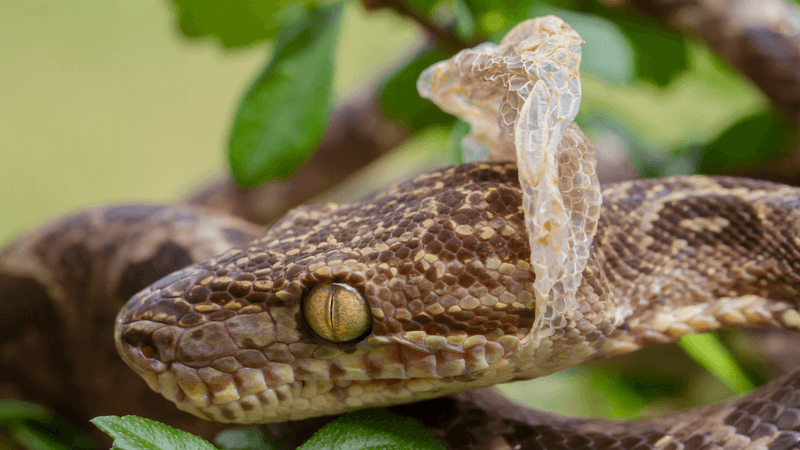
Shedding skin is a common yet mesmerizing behavior observed in snakes. This process, known as ecdysis, involves the snake periodically shedding its outer layer of skin to allow for growth and to remove parasites.
The sight of a snake emerging from its old skin is both eerie and fascinating. This transformation is a meticulously orchestrated event, as the snake rubs against surfaces to peel away the old layer.
Shedding is not merely about growth; it’s also a health necessity, ensuring the snake’s skin remains free from harmful parasites.
This process allows for rejuvenation and showcases the snake’s ability to continually renew itself. Ecdysis is a vital aspect of a snake’s life cycle, highlighting the balance between growth and maintenance in the natural world.
6. Autotomy
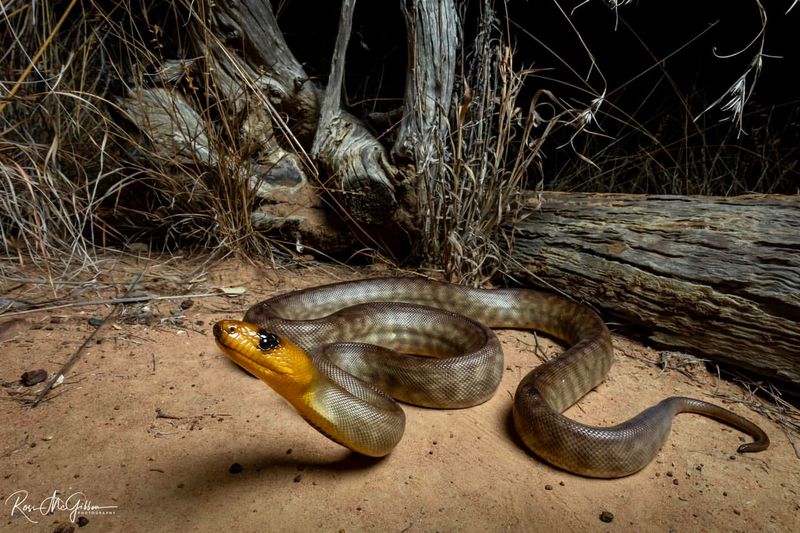
Certain snakes exhibit the ability of autotomy, where they intentionally detach their tails as a defense mechanism.
This behavior is akin to lizards losing their tails to distract predators. The detached tail continues to wriggle, drawing attention away from the snake, which can then make a quick escape. This sacrificial tactic underscores the snake’s instinctual drive to survive.
Autotomy is a fascinating adaptation, revealing the lengths to which snakes will go to ensure their survival. Although losing a tail can be costly, the chance to live outweighs the loss, showcasing the harsh realities of survival in the wild.
7. Infrared Sensing
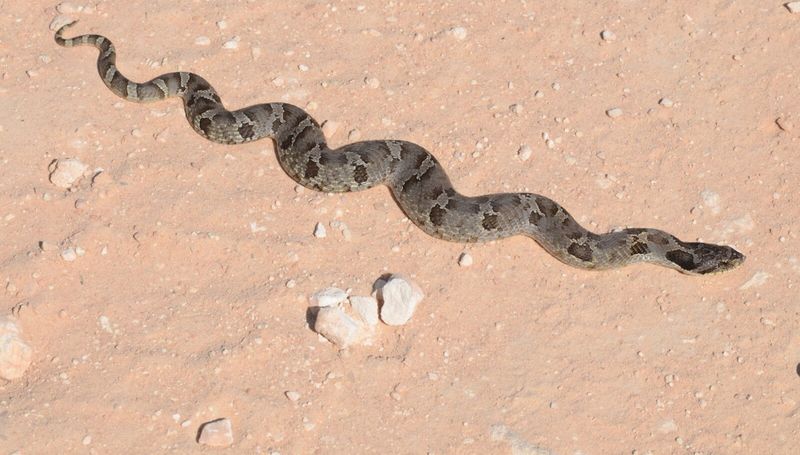
Many snakes, such as pythons and rattlesnakes, possess the incredible ability to sense infrared radiation. This adaptation allows them to detect the body heat of prey, even in complete darkness.
The heat-sensing pits located on their faces act like thermal detectors, enabling snakes to hunt effectively at night or in dim environments. This sensory advantage is crucial for capturing endothermic animals. Infrared sensing not only aids in hunting but also in navigating complex environments.
This extraordinary ability highlights the snake’s evolutionary success in adapting to its ecological niche, proving once again the sophistication of these reptiles.
8. Luring Prey
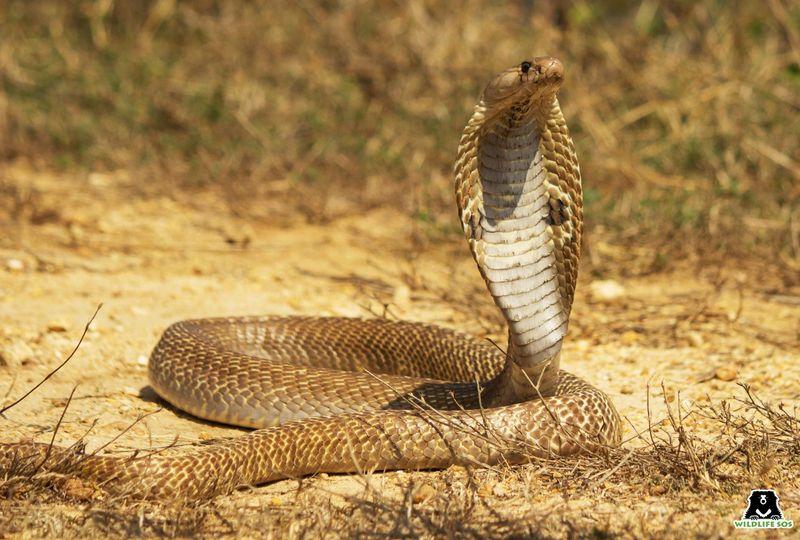
Some snakes have evolved to use their tails as lures to attract prey. This behavior, known as caudal luring, involves the snake mimicking the movements of small animals or insects.
By wiggling its tail in a way that resembles a worm or insect, the snake can entice unsuspecting prey to come closer.
This cunning trick is a testament to the snake’s predatory intelligence. Caudal luring demonstrates the snake’s ability to manipulate its environment to enhance its hunting success. It’s a strategy that requires precision and timing, showcasing the snake’s adaptability and resourcefulness in the wild.
9. Concertina Locomotion
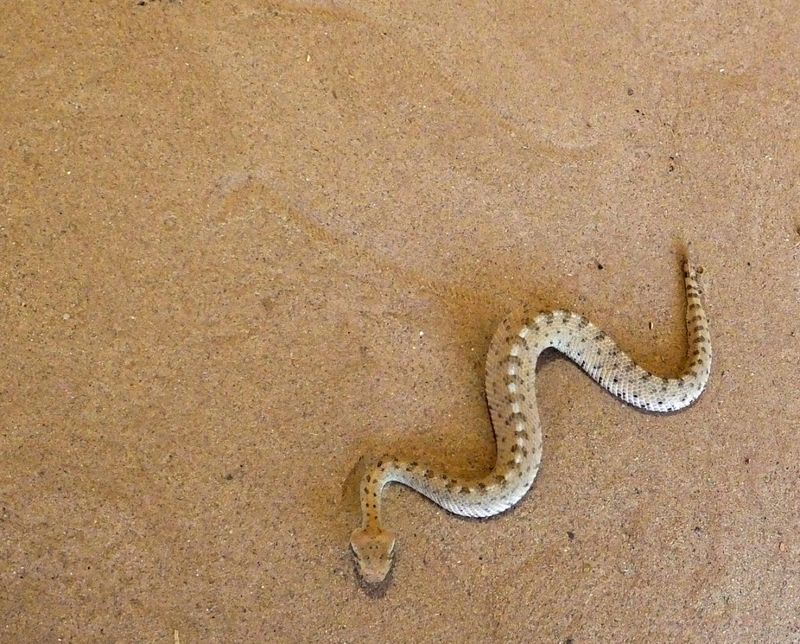
Concertina locomotion is a fascinating method of movement used by snakes in confined spaces. Unlike the more common serpentine motion, concertina involves the snake anchoring parts of its body while pushing and pulling the rest forward.
This movement is particularly useful in burrows or narrow tunnels, where traditional slithering would be ineffective. The snake’s body moves in a wave-like pattern, allowing for controlled and steady progress. Concertina locomotion illustrates the snake’s versatility and adaptability to varied environments.
It’s a remarkable example of the snake’s ability to adjust its movement strategy based on the terrain, ensuring survival in diverse habitats.
10. Camouflaging
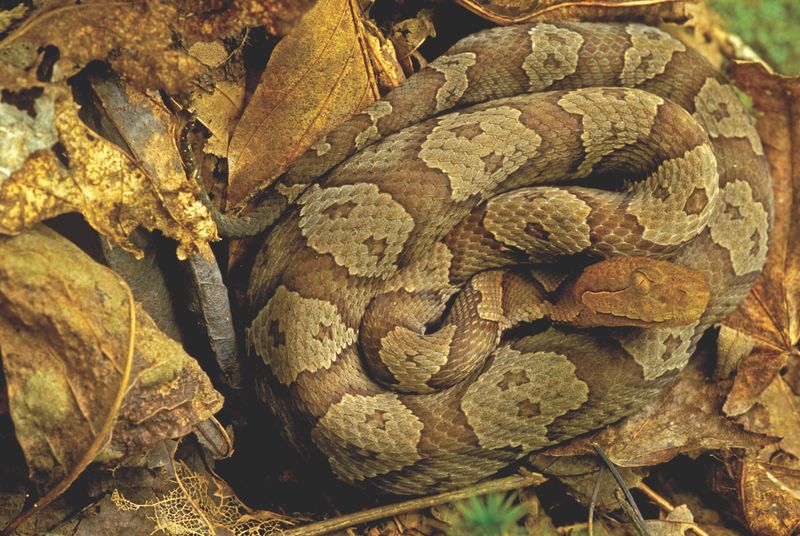
Camouflaging is one of the most effective survival strategies employed by snakes. By blending into their surroundings, snakes can avoid predators and also ambush unsuspecting prey. This behavior relies heavily on the snake’s coloration and patterning, which can mimic leaves, branches, or even shadows.
Effective camouflage allows snakes to become virtually invisible, remaining hidden in plain sight. The art of camouflage requires a keen understanding of the environment and highlights the snake’s evolutionary craftsmanship.
By mastering the art of disguise, snakes can navigate their world with stealth and precision, ensuring their role as both predator and prey remains balanced.
11. Rattling
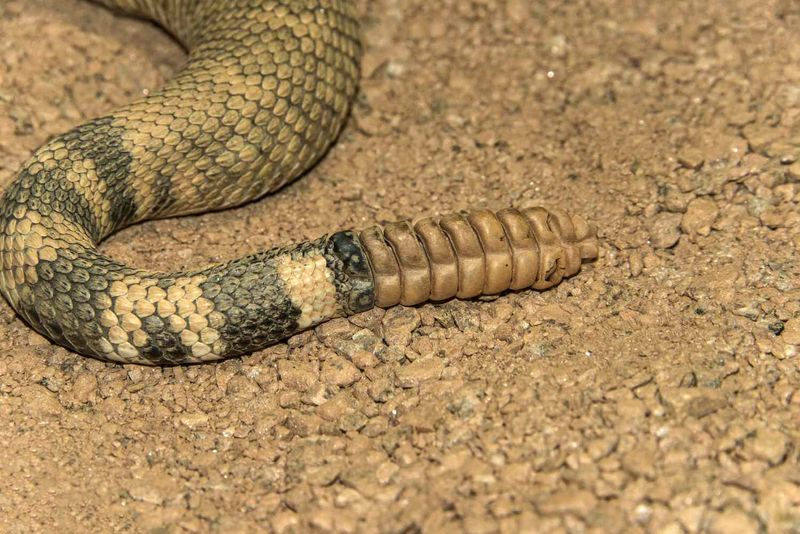
Rattling is a signature behavior of rattlesnakes, serving as a warning signal to potential threats. When threatened, the rattlesnake rapidly shakes the segments of its tail, producing a distinctive rattling sound. This sound acts as a deterrent, warning predators and humans alike to keep their distance.
The rattle is a highly evolved mechanism, unique to rattlesnakes, and is an effective communication tool. The rattling not only serves as a defense but also as a reminder of the snake’s presence in its territory.
It’s a fascinating example of how sound can be used as a survival strategy in the animal kingdom, ensuring the rattlesnake’s safety and asserting its dominance.
12. Synchronized Breathing
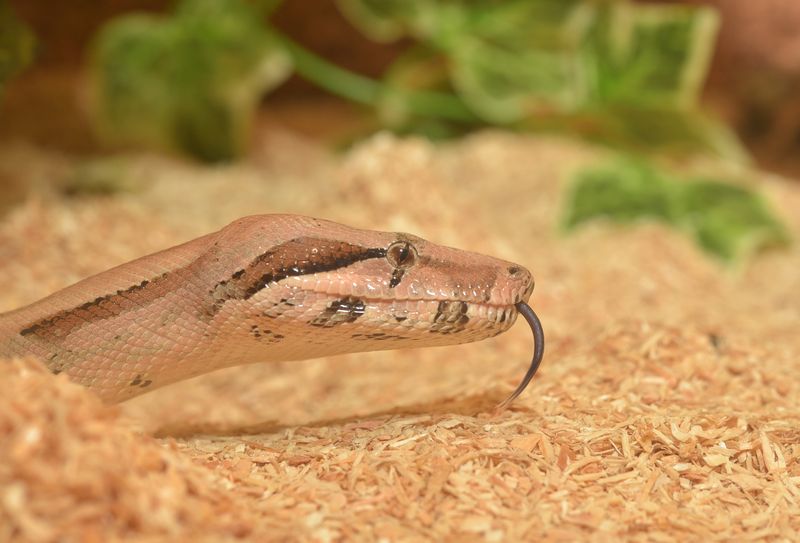
Synchronized breathing is a peculiar phenomenon observed in some snake species, especially during hibernation. When snakes gather in large numbers to hibernate, they often breathe in unison, creating a rhythmic pattern.
This synchronized activity is believed to help regulate temperature and conserve energy during the cold months. The sight of dozens of snakes breathing together is both mesmerizing and unsettling.
This behavior highlights the communal aspects of some snake species, showcasing their ability to adapt to environmental challenges collectively. Synchronized breathing is a reminder of the complexity and interconnectedness of life, even among creatures often seen as solitary.
13. Dancing Cobras
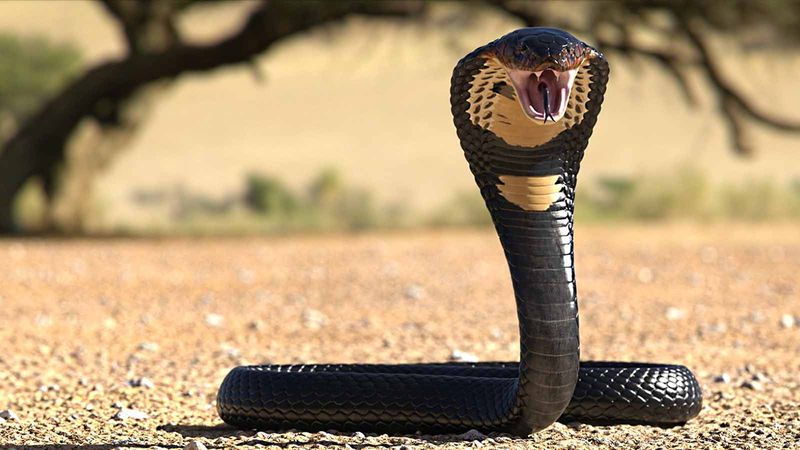
The mesmerizing dance of cobras, often associated with snake charmers, is a behavior rooted in defense rather than entertainment. When threatened, cobras rise and spread their hoods, swaying to maintain balance and appear larger.
This defensive posture is visually striking, creating the illusion of a dance. While the cobra seems to respond to music, it is actually reacting to the movements of the snake charmer. This behavior demonstrates the snake’s instinctual drive to protect itself through intimidation.
The “dance” is a fascinating blend of natural behavior and human interaction, showcasing the cobra’s place in cultural mythology and its real-world survival tactics.
14. Mimicry
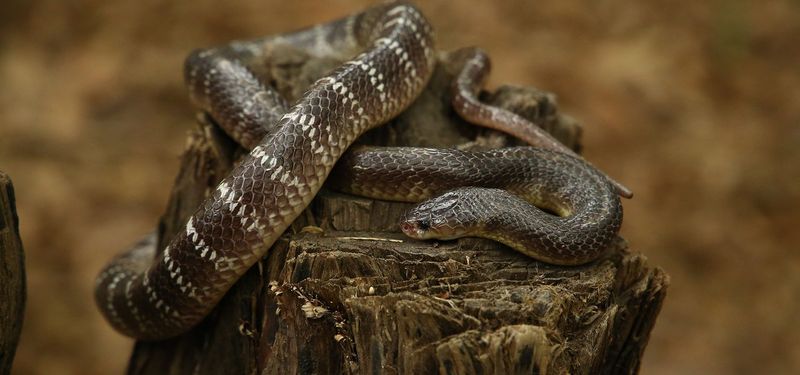
Mimicry is a survival tactic employed by some non-venomous snakes to deter predators. By imitating the coloration and patterns of venomous snakes, such as coral snakes, they can avoid becoming prey.
This deceptive appearance is a highly effective form of protection, as many predators instinctively avoid the bold patterns associated with danger. The mimic gains the advantage of a fearsome reputation without the need for venom.
Mimicry is a remarkable example of evolutionary adaptation, highlighting the snake’s ability to leverage appearance for survival. It’s a clear demonstration of how perception can alter interactions in the natural world, ensuring the mimic’s safety without a fight.
15. Burrowing
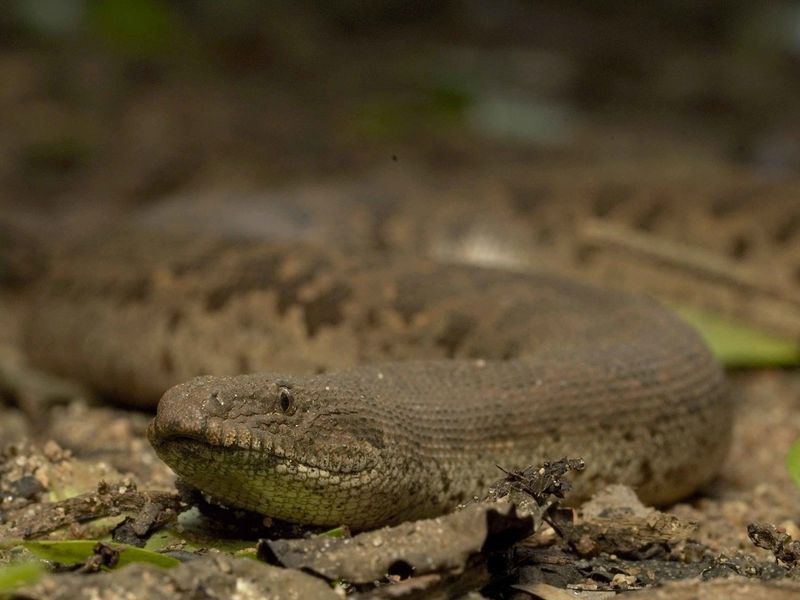
Burrowing is a behavior that allows snakes to escape harsh environmental conditions and avoid predators. By digging into the ground, snakes can find shelter from extreme temperatures and hide from threats.
The ability to burrow is facilitated by the snake’s powerful muscles and streamlined body, making it an efficient digger. This behavior is particularly common in desert-dwelling snakes that face scorching daytime temperatures.
Burrowing reflects the snake’s adaptability and its capacity to modify its habitat for survival. By disappearing beneath the earth, snakes can create safe havens, showcasing their resilience and the intricate connection between behavior and environment.

